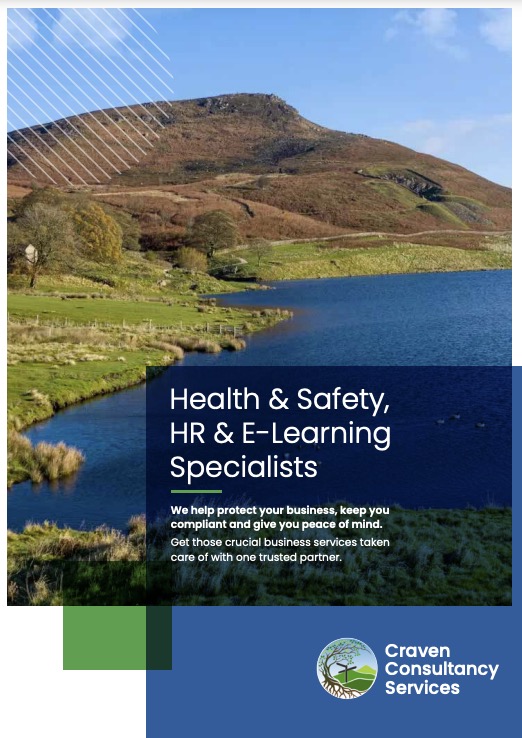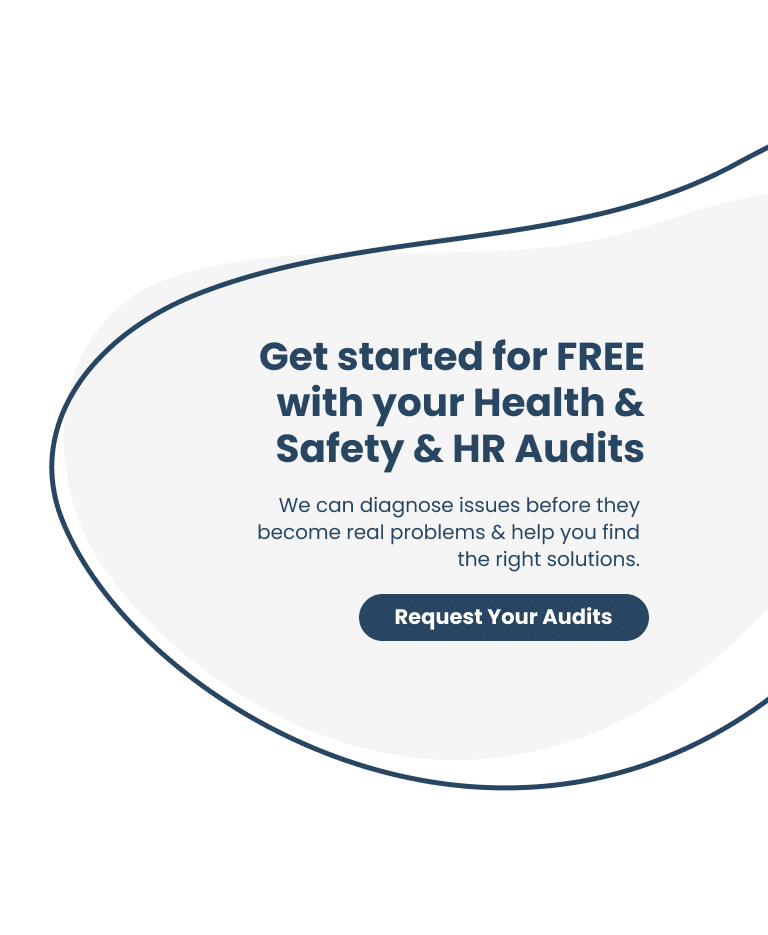
After Friday 1st April, people who have a positive Covid-19 test are being advised to “try to” stay at home and avoid contact with other people for five days, which is when they are most infectious.
Those who are positive, or have symptoms, and need to leave home will be urged to wear masks, avoid crowded places and stay away from people with weakened immune systems.
Children who are unwell and have a high temperature are being advised to stay home and avoid contact with other people where they can.
They can go back to school, college or childcare when they no longer have a high temperature and they are well enough to attend, the Government said.
Those who are positive, or have symptoms, and need to leave home will be urged to wear masks, avoid crowded places and stay away from people with weakened immune systems.
From 1 April 2022 onwards:
- Tests: Free PCR and lateral flow testing will be no longer available for most people. Free tests will be available for a small number of at-risk groups including the over-75s and over-12s with weakened immune systems. For everyone else COVID-19 tests will be charged for and sold through private market retailers and pharmacies. Free tests may be available for schools if they have COVID outbreaks.
- Working Safely guidance: The existing guidance will be replaced with new public health guidance.
- Health and safety risk assessments: employers will no longer have to explicitly consider COVID-19 in their health and safety risk assessments.
- COVID passports or certification: These are no longer recommended for venues and events but remain necessary for international travel. The NHS COVID pass is no longer to be used as a vaccine passport within the UK.
Guidance for employers and the public is being changed, in particular, the requirement to consider COVID-19 in risk assessments and the existing ‘Working Safely’ guidance remains in place until 1 April when it will be replaced with new guidance.
The CIPD recommends considering three questions to help guide workplace safety:
- Is your workplace sufficiently safe and supportive?
- Are you being flexible in your approach?
- What is best for people’s wellbeing and performance?
With the removal of legal restrictions triggering a surge in Covid-19 infections, there is likely to be an increase in employees experiencing lingering symptoms. Organisations’ response should be two-fold, and they should consider how they support employees with long Covid.
Now self-isolation periods have ended we are likely to see employees continuing to work despite confirmed illness, which poses a risk of outbreaks. For some people Covid-19 symptoms have been little more than a cold and many others have tested positive without any symptoms at all. However, thousands of others have experienced hospital admission, serious symptoms or even symptoms that have remained long after the infection has passed, sometimes known as ‘long Covid’.
So, what can employers do to lower the risk the virus poses to their staff as we move into this next phase of the pandemic?
Planning and management of Workplace Safety
Employers should take an individualised approach to consider the physical, emotional and mental wellbeing of the workforce, as well as following and monitoring ongoing government guidance.
Employers have a duty of care to ensure that the workplace is sufficiently safe to work in, following the latest government guidance. The key aspects that employers should be aware of are:
- Testing – Encourage Testing
- Positive Covid Test – People who have a positive Covid-19 test are being advised to “try to” stay at home and avoid contact with other people for five days, which is when they are most infectious
- Work from home – Ask your people to work from home (if their job allows this) if they have tested positive, but have no symptoms
- Vulnerable staff – Where possible, risk assess and advise reduced close contact with others in the workplace ie; hybrid working agreement, but predominantly working from home (if possible)
- Testing Kits – Some employers are buying lateral flow tests to hand out to their staff to support them
- Enhanced Sick Pay – If you would rather your people were open and honest and they didn’t attend the workplace with Covid symptoms, and put others at risk, then you may want to look at offering enhanced contractual sick pay
- Employee Assistance Programme (EAP) – Implement an EAP to support your people
- Risk Assessment – Until 1 April 2022 employers must undertake COVID-specific risk assessments, from this date employers can choose whether to consider COVID 19 specifically, or as part of their overall health and safety risk assessments
- Priority Actions – Including protecting staff and customers, including steps and measures such as improved ventilation, reducing contact for workers, reducing risk for customers, visitors and contractors, cleaning the workplace, personal protective equipment (PPE) and face coverings, workforce management and tests and vaccinations
- Ventilation – An ongoing emphasis on the importance of ventilation. Employers can refer to the advice on air conditioning and ventilation on the HSE website
- Consultation – Consultation may help staff feel safer, taking into account their input on any health and safety measures put in place to reduce the risk of COVID-19. Many factors must be considered, including risk assessments, the size and nature of the workplace, the number of vulnerable staff or those who live with vulnerable people, caring responsibilities, public transport dependency, as well as any local and wider outbreaks
- Engage – It is important that businesses engage with their people to understand how they feel. There should be consultation with staff at a company level but it’s also important that line managers understand the specific concerns of their individual team members so they can best support their mental wellbeing and future ways of working. Employers need to stay flexible as guidance and attitudes evolve.
Company Sick Pay Eligibility & Testing
Consider whether to adjust your company’s sick pay eligibility to cover self-isolation or sickness absence in full. Employers will also have to decide their policy on providing and funding testing given that free testing will end for most people from 1 April 2022.
Challenges
Many employers will want those testing positive for COVID-19 to continue stay at home as this protects vulnerable staff or clients. Asking staff to self-isolate if testing positive but without symptoms, or after close contact with someone testing positive, will become more difficult if employees are concerned about not being paid for periods of absence.
Unvaccinated staff
Earlier in the pandemic unvaccinated staff were more likely to have to self-isolate than fully vaccinated ones. This led some employers to previously reconsider their policy on full company sick pay for self-isolation. For example, some employers previously amended their policies to provide SSP only to unvaccinated workers who must self-isolate, unless they had mitigating circumstances, and to pay company sick pay to vaccinated staff. There are many options which employers have adopted including:
- Fully vaccinated staff receiving company sick pay
- Unvaccinated staff receiving full company sick pay owing to mitigating circumstances (for example pregnancy or other medical grounds)
- Vaccinated and unvaccinated workers who test positive being paid full company sick pay
- Unvaccinated staff without mitigating circumstances identified as close contacts of a positive case being paid only SSP.
While you’re no longer legally required to self-isolate if you have COVID-19, you should try to stay at home and away from others to avoid passing on the virus. The consequences of changing sick pay terms are complex and given the potential legal problems employers may decide not to differentiate between employees. Retaining full company sick pay comes at a cost but does ensure employees comply with any obligation to self-isolate thereby avoiding the risk of infecting others in the workplace. Denying company sick pay may encourage staff to get vaccinated, but on the other hand staff may avoid testing or self-isolation because of anxiety about time off work on reduced pay.
Employers who decide to treat unvaccinated staff differently should consider both the general risks of discrimination claims and should accommodate case by case exemptions based on individual circumstances and medical conditions.
Workplace Culture
As well as putting in place practical support and adjustments for employees with long Covid, it is important employers strive to create psychologically safe workplaces where people feel comfortable opening up about their physical and mental health.
COVID-19 Response: Living with COVID-19 – GOV.UK (www.gov.uk)
Communicating with your people
Whatever policies you adopt for your business, you should make sure that they are effectively communicated to staff. Many disputes and issues that have arisen during the pandemic have been because businesses were unsure of how to react or had not told staff what their approach would be. It’s always worth stating your general approach in some form of written communication, as well as regular virtual or face-to-face briefings.
Health & Safety
It’s crucial to work in close collaboration with your health and safety and occupational health service providers/teams wherever possible. Regularly communicate to staff the practical measures you are taking to help reassure them that their health, wellbeing and safety is your top priority. Make sure staff and visitors are clear about the rules and procedures they should follow both in the workplace and at home, especially if they begin to feel unwell.
Protection & Hygiene
To maintain protection and hygiene measures and minimise the spread of infection, remind staff about regular and effective handwashing, and provide hand sanitisers. You should review your cleaning arrangements, for example, ensuring all phones/keyboards and so on are wiped daily with anti-viral cleaner. You can refer to the government guidance for more information.
PPE
Depending on your working environment, you may need to consider providing additional PPE, including masks or anti-viral hand gel. If you want people to wear gloves or face coverings, then you will also need to think about reminding staff on their correct usage – since these can be ineffective if used inappropriately.
Protected Characteristics
Employers should take extra care of those with protected characteristics. For example, discuss with disabled workers any reasonable adjustments that can be made to the workplace or working arrangements so they can work safely.
Company Policies
Employers need to think about their own organisational policies around whether some or all staff are required to be vaccinated and/or tested as part of their job. Employers should continue to monitor the latest government guidance and be prepared to act upon any changes. From 1 April onwards free lateral flow testing will be charged for and sold through private market retailers and pharmacies. Free tests will be available for a small number of at-risk groups likely to include those aged over 80 and social care staff.
Sector Specific Guidance
Sector-specific workplace guidance for various sectors of the economy (as referred to above) must be followed. The Health and Safety Executive has also published advice and guidance relating to COVID-19 which may be useful when considering health and safety measures.
Long Covid & Disability ?
It is very common for individuals with long covid symptoms to suffer both mentally and physically. Involve an Occuapational Health Advisor where required, who can recommend reasonable adjustments to support your people. Staff with long covid should be treated as having a disability. The Equality and Human Rights Commission’s head of employment policy, Rebecca Thomas, said all organisations should presume that an individual’s long Covid symptoms meet the threshold required to be classified as a disability in order to avoid falling foul of equality law. Although some campaign groups and bodies including the TUC are pressing the government to recognise long Covid as a disability worthy of protection under the Equality Act 2010, Thomas indicated that the condition has not been around for long enough to fully determine whether it can be classified as a long-term impairment. She added that there was a reluctance from government to specify long Covid as a disability because it is a “fluctuating” condition, where symptoms can come and go.
What can an employer do to support individuals with long covid ?
- Occupational Health Assessment – Seek professional, medical advice from occupational health
- GP – Or write to the employee’s GP for further information about their condition
- Employee Assistance Programme (EAP) – Implement an EAP to support your people.
Symptoms of long COVID
There are lots of symptoms you can have after a COVID-19 infection.
Common long COVID symptoms include:
- extreme tiredness (fatigue)
- shortness of breath
- chest pain or tightness
- problems with memory and concentration (“brain fog”)
- difficulty sleeping (insomnia)
- heart palpitations
- dizziness
- pins and needles
- joint pain
- depression and anxiety
- tinnitus, earaches
- feeling sick, diarrhoea, stomach aches, loss of appetite
- a high temperature, cough, headaches, sore throat, changes to sense of smell or taste
- rashes
Long-term effects of coronavirus (long COVID) – NHS (www.nhs.uk)
Latest content
From 24 March the special COVID-19 sick pay provisions are removed and rules revert to pre-pandemic rules. People with COVID-19 will still be eligible for SSP subject to the normal provisions, but the day-one eligibility for sick pay for those who test positive will no longer apply. This means that those who are unwell with COVID-19 will only be paid SSP from the fourth day of their absence. More information is available in the self-isolation FAQs.
24 March is also the last day employers will be able to make claims through the Statutory Sick Pay Rebate Scheme.
Please do get in touch for further advice and guidance and/or discuss your Company policies and procedures.













